Honor 20 Pro vs Huawei P30 Pro: Sibling rivalry
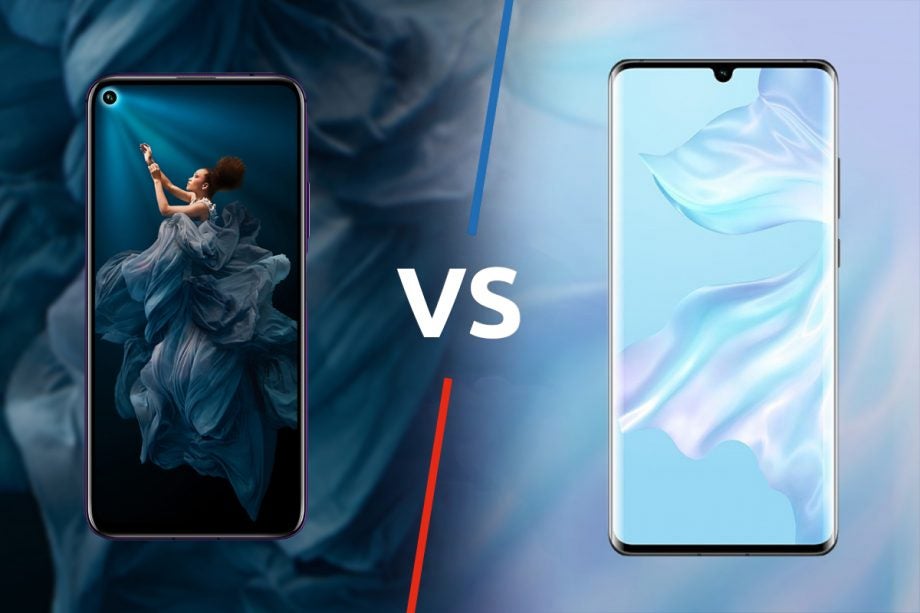
A split flagship strategy is all the rage right now. Manufacturers launch slightly different variants of their newest and brightest with a ‘Pro’ version granting you the best the brand has to offer. With that in mind, we pit the new Honor 20 Pro up against its sister company’s latest flagbearer, the Huawei P30 Pro.
- Related: Best Android phones
Honor has always pushed affordability as one of its biggest selling points, raising the question, just how much more do you get for the pricier Huawei P30 Pro?
Honor 20 Pro vs Huawei P30 Pro: Eagle eyes
These phones are both chock full of cameras, with five found across the body of the Honor 20 Pro and four on the P30 Pro.
Honor’s arrangement centres around a 48-megapixel main sensor (with optical image stabilisation or ‘OIS’), backed up by a 16-megapixel ultra-wide angle sensor and an OIS-laden 8-megapixel telephoto sensor that provides 3x optical zoom, 5x hybrid zoom and a maximum 30x digital zoom. There’s also a fourth 2-megapixel ultra macro sensor for really close-up shooting.
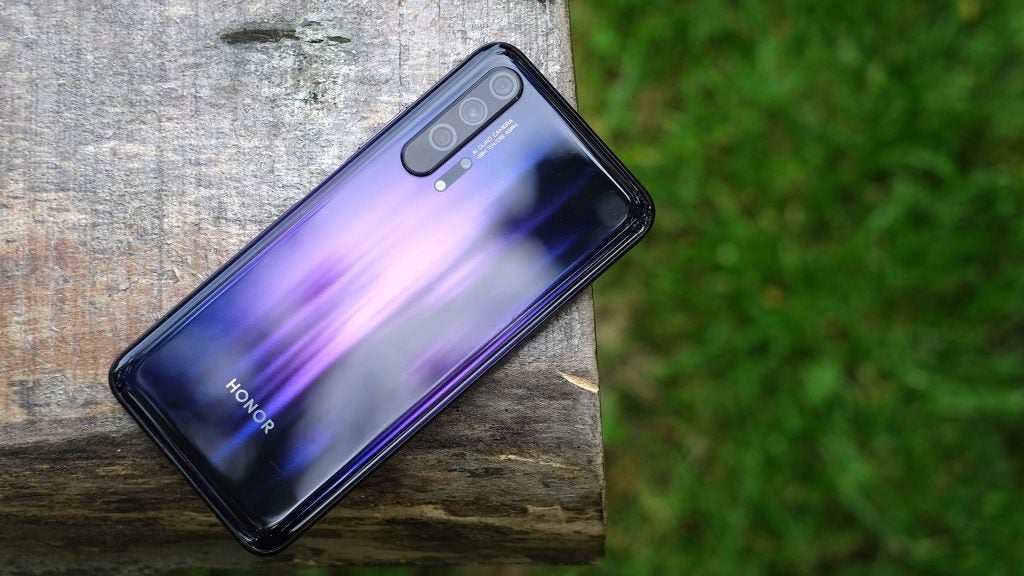
The P30 Pro does away the 20 Pro’s fourth macro sensor, which isn’t a great loss based on the quality it offers, taking things up a notch with its general shooting capabilities instead. The OIS-toting 40-megapixel main sensor does most of the heavy-lifting but is also supported by a 20-megapixel ultra-wide angle sensor and an 8-megapixel telephoto sensor (again with OIS).
Not only do the extra megapixels make for crisper wide-angle photos with greater dynamic range but the phone’s general image processing and stabilisation smarts are nothing short of astounding.
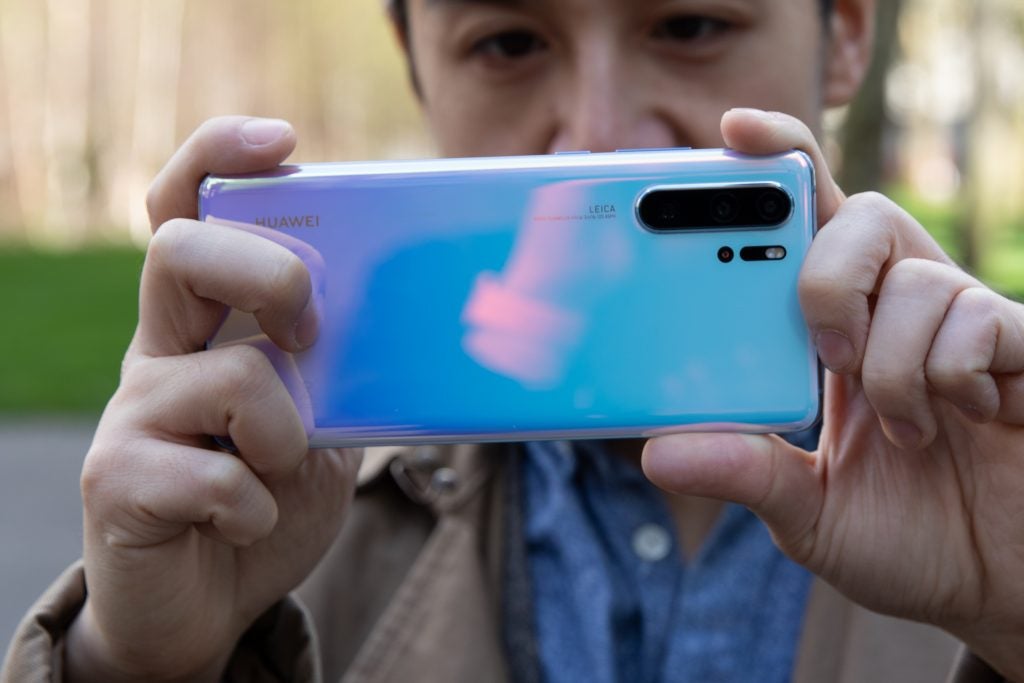
The P30 Pro takes some of the best pictures of any smartphone on the market right now, especially in low light, where it’s practically unrivalled. In truth, aside from the likes of the Google Pixel 3 series, the Honor 20 Pro might be one of the few phones that can even approach its prowess in this area.
There’s also the matter of the Huawei’s periscopic zoom, which unlike Honor’s telephoto camera sensor, makes use of a special lens and mirror system, along with a transverse mounting, to allow for up to a whopping 5x lossless optical zoom and up to an unbelievable 50x ‘SuperZoom’.
- Related: What is a ToF camera?
To round things out, Huawei has also added a ToF (time of flight) sensor to more readily gauge depth in photos and when using portrait mode – a feature absent from the Honor 20 Pro’s camera setup entirely.
Honor 20 Pro vs Huawei P30 Pro: A powerful pair
At the tail end of last year, Huawei showcased the world’s first 7nm mobile processor, destined for its next wave of flagship phones.
The Kirin 980 made its first tangible appearance inside 2018’s Huawei Mate 20, Mate 20 X and Mate 20 Pro but has subsequently been used to power this year’s Huawei P30 and P30 Pro, as well as Honor’s View 20, the Honor 20 and the Honor 20 Pro.
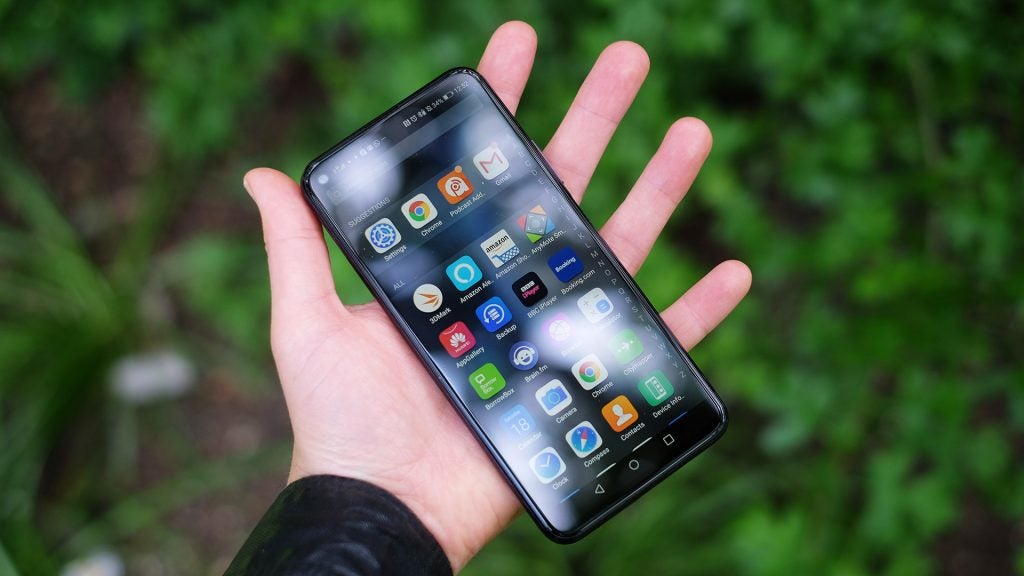
As such, both phones are fairly evenly matched in this fight, with 8GB of RAM apiece ensuring speedy multitasking, short app load times, high-fidelity gaming and the like. Whichever way you lean, you shouldn’t feel disappointed; this is a top-tier chipset, equipped to go toe-to-toe with the likes of the Samsung Exynos 9820 and the Qualcomm Snapdragon 855.
The Honor 20 Pro comes in just one storage SKU – 256GB of non-expandable space, while the P30 Pro can be had in either a 128GB or 512GB configuration, for a little more money.
Honor 20 Pro vs Huawei P30 Pro: Nearly all screen
Eliminating the bezels surrounding smartphone screens is the name of the game in 2019 and both phones make a decent effort to achieve this goal.
If Honor’s own 91.6 percent screen-to-body ratio is to be believed, the front of the Honor 20 Pro is more screen than most of the competition (although independent calculations place it closer to 84.1 percent), while the Huawei P30 Pro’s display sports a more noticeable forehead and chin with its 88.6 percent screen-to-body ratio.
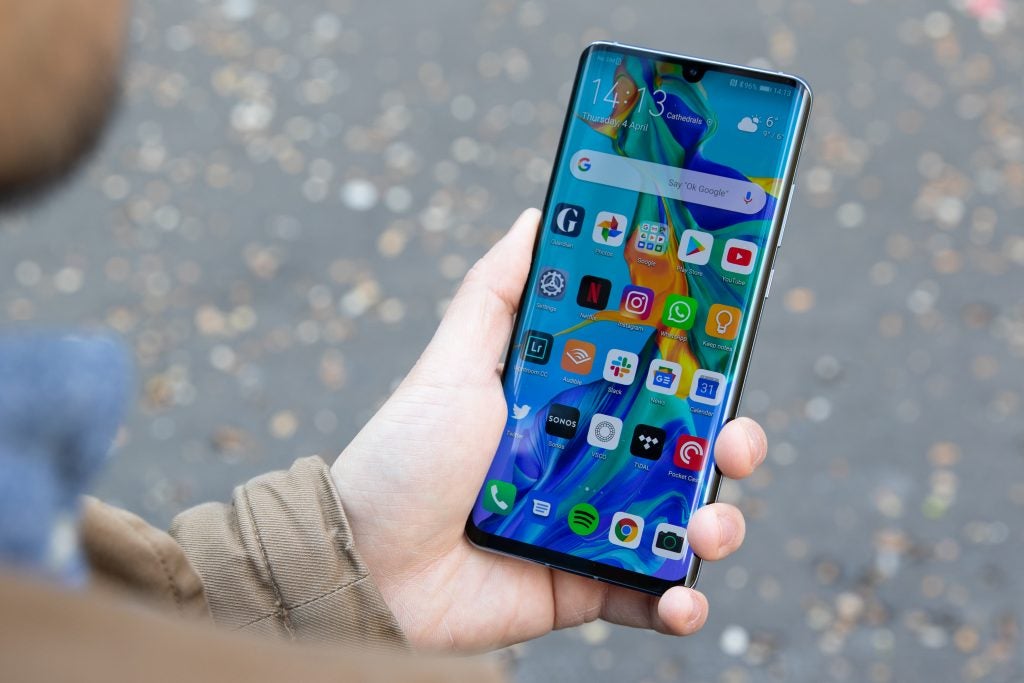
Huawei opted for a notched, rather than a hole punch camera on the P30 Pro’s curved display
The Honor opts for a hole-punch front-facing 32-megapixel camera, while the Huawei makes use of a slightly more antiquated notched front camera packing the same megapixel count.
As for the screens themselves, the Huawei is the larger of the two phones, with a 6.47-inch panel compared to the 20 Pro’s 6.26-inch display. As both shared in an extended Full HD+ resolution, this means the Honor is actually the sharper of the two phones but the superior viewing experience still falls to the P30 Pro.
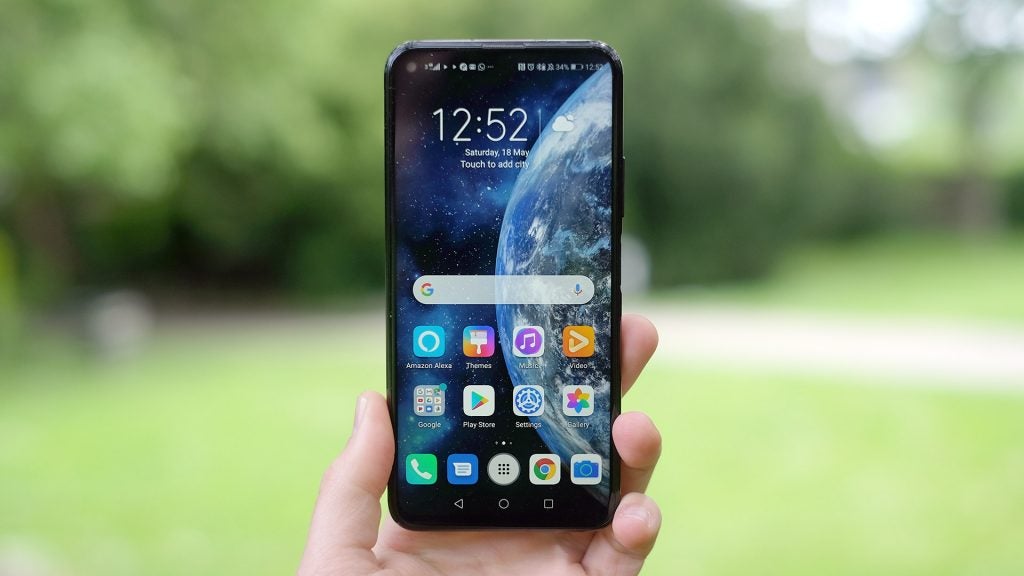
Dark wallpapers help conceal the Honor 20 Pro’s bezels and front camera
In place of the Honor’s IPS LCD tech, the P30 uses an OLED panel to provide deeper blacks and richer colours, while technologies like HDR support and more accurate DCI-P3 colour gamut considerations are in place as well.
Physically, the curved sides of the P30 Pro’s screen also make for a more seamless viewing experience than the one found on the Honor, while the optical in-display fingerprint sensor is better suited to ambidextrous use than the Honor’s side-mounted capacitive alternative.
Honor 20 Pro vs Huawei P30 Pro: An emotional user experience
Huawei and Honor share the same Android 9-powered user experience. The latter has recently rebranded what Huawei calls ‘Emotion UI’ to ‘Magic UI’, but as we’re still within the early days of this divergence, there’s little-to-no difference between the two overlays.
Say “farewell” to the apps drawer (by default) and “hello” to some decidedly divisive theme and icon packs. In an effort to stand out, the user experiences on both of these phones can feel a little garish and messy.
Those familiar with experiences that more closely match stock Android will have to endure a slight learning curve to accommodate these companies’ way of thinking, however, once you’ve got your head around it, things aren’t completely without benefit.
Both feature a one-handed mode, ideal for their tall 19.5:9 aspect ratio displays, as well as machine vision chops dubbed ‘HiVision’ for everything from real-time text translation to image-based shopping. The P30 Pro edges out in front with an integrated dark mode but beyond this the differences are negligible.


